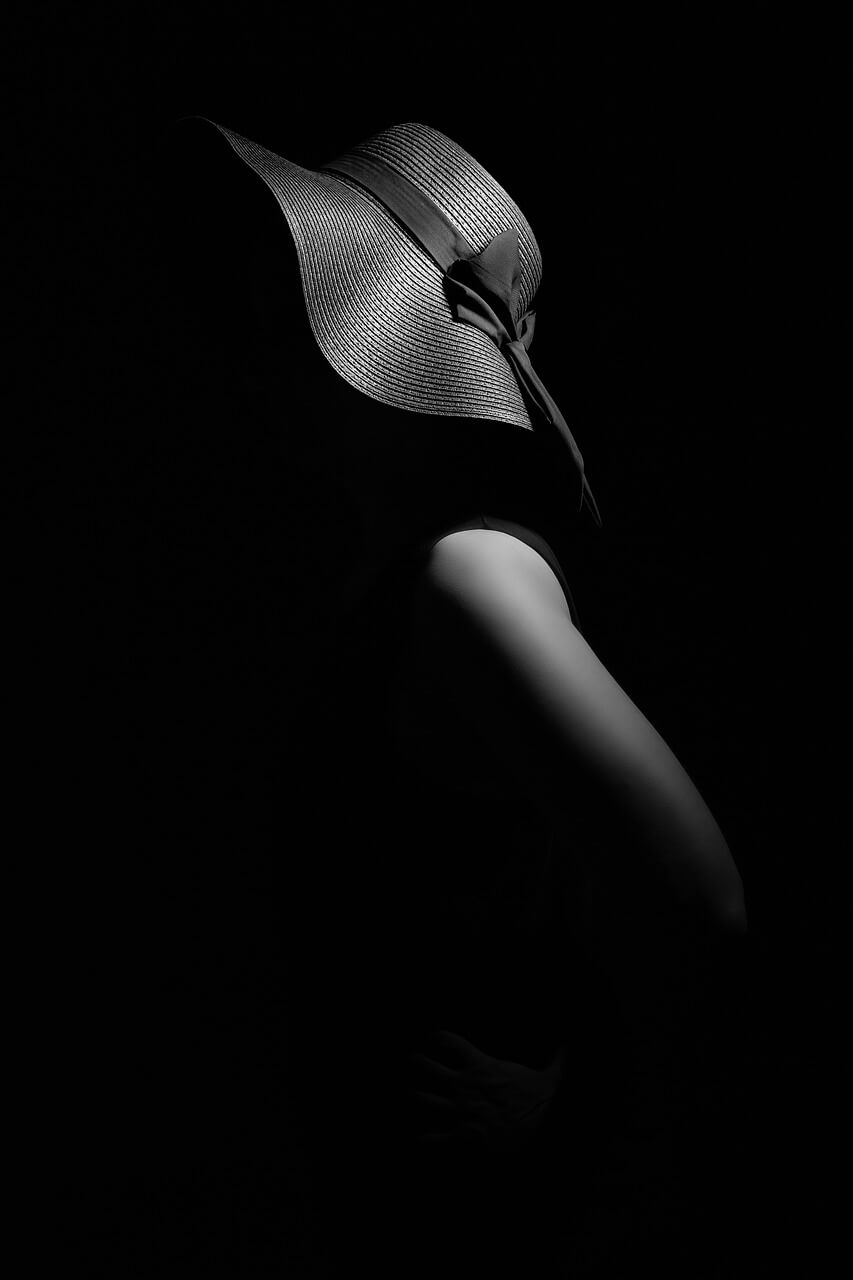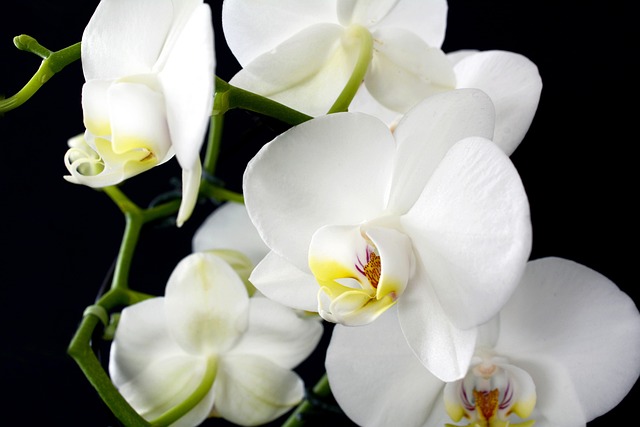Grief can hide and yet be all around us.
I receive a lot of information about life from media: books, television, films, blog posts, etc. I find that most of the mainstream information on the act of grieving lacks honesty. Perhaps it doesn’t sell well to belabor grief.
Grief hides inside other storylines and therefore does not often take center stage. Grief is often depicted in lovely or dramatic scenes, but rarely raw.
During the memorial service for my uncle Norman, we were all given little black pins with a black ribbon to wear. The Rabbi put a little slit in the side of the ribbon and during the service we all used that tiny rip to make a symbolic tear in our clothes (the ribbon). This subdued tradition harkens back to when in the throws of grief the mourners would tear and rend their clothing apart, creating a physical manifestation of the tearing in their hearts and minds. This modern symbol of the grieving process filled me with anger. How dare this modern tradition tell me how deeply to feel my grief, contain my grief into a slip of ribbon!
 I wore black after that for months, I even wore a black lace scarf in my hair. I wore black in the Spring and Summer–I wasn’t going to let anyone tell me how to express my grief, how to keep it bottled up. People noticed my black day after day and barely commented. And it wasn’t for them, it was for me. I had no words to express my grief so I wore black head to toe.
I wore black after that for months, I even wore a black lace scarf in my hair. I wore black in the Spring and Summer–I wasn’t going to let anyone tell me how to express my grief, how to keep it bottled up. People noticed my black day after day and barely commented. And it wasn’t for them, it was for me. I had no words to express my grief so I wore black head to toe.
Slowly I introduced color into my wardrobe, starting with jeans, a neutral part of the Western costume. And with the colors, the guilt crept in. How could I move on with my life when they were gone? (We had lost 3 people within 2 years in my family.) And that guilt slowly became part of my breathing in and out, automatic. I told myself there was nothing to feel guilty about, others told me there was nothing to feel guilty about. And part of me believed them, logically I knew it was no way to live.
But logic doesn’t reach the subconscious.
Our subconscious is where our inner story lies. Our subconscious shapes our waking life as well as our dreams. When the subconscious takes hold of a feeling, not just an emotion, but a true feeling it wraps around our mind and buries itself deep within our subconscious and we may forget it is there–but its influence on our emotions, decisions, actions, and reactions is undeniable.
Grief hides in guilt.
Grief hides in inaction.
Grief hides in denial.
The best way to stagnate my life is to deny my grief, to tell myself I’ve healed or moved past it.
There are little things I would do in the years immediately following the deaths of my 3 family members, and slowly I stopped because logic tricked me. I was in Art School during the heavy grieving years and I worked through some of my raw emotions through my art class assignments. Sometimes it was obvious, like black paint on a neutral background. Sometimes it was more subtle like a textile made of copper thread and sequins. Creating art is putting a part of yourself on display.
Every assignment in art school is critiqued by your teachers and classmates. You hang a slice of your soul on the wall and then wait until it gets torn to shreds. This is an important process for an artist–an artist who wants to create meaning. All of our work held meaning, that was the direction of the school. My weaving teacher would say “no hippy handbags” meaning that we were not allowed to weave cloth and simply sew it into a shoulder bag as a class assignment, there had to be meaning–soul–and art in our work.

When a piece of yourself is on view and your peers give you their honest feedback it feeds you whether the feedback is positive or not. Mostly at my school, the feedback was at least supportive. No one put something on display that was despised and hated. With an artist’s outlook, I could receive constructive criticism because I knew it made me stronger. Years later in graduate school, I found that to be true of my writing as well, with a scholar’s view of myself and my work I could take in the critiques and not crumple inside.
My task in life is to remember I am an artist, I am a mythologist, and most of all I am a student of life. With the student’s perspective, I can take in what the world reflects back to me that is mine and discard what is not mine.
My mother was the first person to show me that a full life is when you are ever learning, ever growing with a student attitude. Years after she passed I joined a spiritual community where we openly embraced the student attitude. No matter who you were, what your background was, or how many books you’d read everyone at that spiritual school was a student.
And through all this beautiful inner working where was my grief hiding?
In my very cells…
My denial had sunk so very deep into my subconscious that I was unaware that I was in fact drowning in my grief because I never let go of the guilt and fear that had gripped me before and after the deaths in my family. I tried to face it and I tried to talk about it and write about it, but it was always inside and so I started to deny it.
All of my accomplishments in my adult life are not enough to prove to me that I live without guilt, that I have “moved on”
I think for me the difficulty is partly in the term “moved on” which implies that I leave the grief behind me, but what if the grief contains the memory of love?

For me, grief hides because it implies something that is unhealthy, something that is temporary, and something that I must conquer.
I change my perspective on grief and I embrace it–the drama and the mundane.
I love drama and experiencing my emotions, but that doesn’t usually propel me forward. The mundane parts of life are the times that the grief hides the most and those are the times that I can learn to feel the grief all around me and through me.
Wearing my mother’s necklace, cooking my stepmother’s recipes, and listening to classical piano in memory of my uncle are the small things that incorporate their lives into mine past and present. I used to do these things with more consciousness, but I thought in “moving on” I was supposed to not think of them as much since they were not part of my present day. But that attitude only pushes my feelings more into the background where they can fester. When I consciously create room for their lives in my life today my grief feels lighter overall. That does not mean that I do not cry or feel sad at times, it means that I am not in denial that grieving is an active part of living.
Grief is loving.
Grief is memory.
Grief is active.






